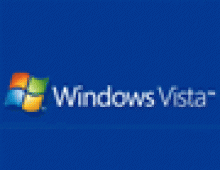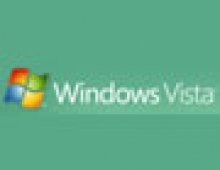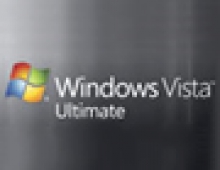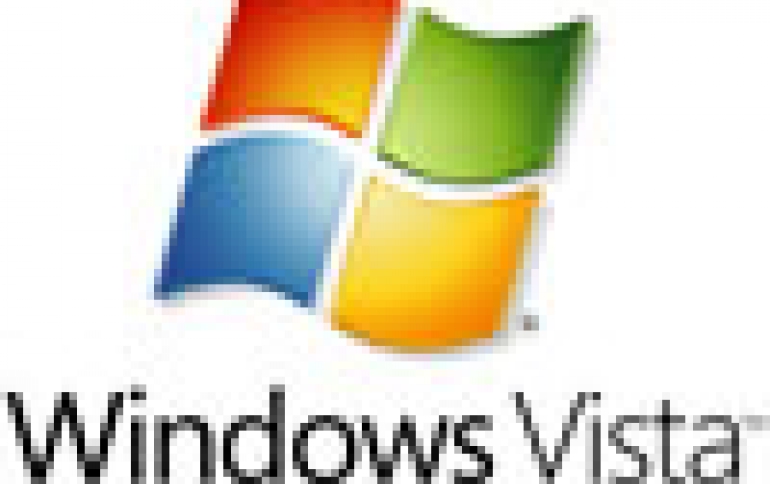
Windows Vista to Support Auxiliary Displays
Under the Windows SideShow technology, Microsoft offers manufacturers of portable devices such as notebooks and Tablet PCs to add an auxiliary display on their products.
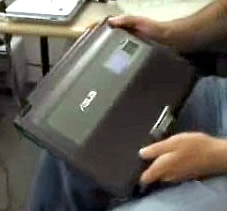 By placing an auxiliary display on the lid of a notebook would allow users to do some tasks on their device without needing to open up the computer and wait for it to start up.
By placing an auxiliary display on the lid of a notebook would allow users to do some tasks on their device without needing to open up the computer and wait for it to start up.
The Windows SideShow
Windows SideShow is a new platform in Microsoft Windows Vista that developers can use to write gadgets that extend their applications to a range of display devices. Some of the display devices will be integrated into computers; others will appear on peripheral devices.
Examples of potential SideShow-compatible devices include:
- A display embedded in a laptop lid. This type of display, which caches data for use offline, is great for checking calendar appointments and e-mail messages.
- A display in a keyboard. Useful for reading messages when playing a game in full-screen mode, listening to music or watching a video, reading weather reports, and more.
- A mobile phone. Useful for remotely controlling applications, such as moving to the next slide or reading speaker notes in Microsoft PowerPoint on your device from across a room.
A display on the lid of a laptop PC would give users easy access to their calendar and contacts when they are in a hallway, similar to the secondary display on a cell phone which gives the most important information very quickly. An existing device such as a cell phone could be used to show you some quick notes you have taken or even act as a remote control for media playback and presentations.
For a device to support Windows SideShow, the hardware manufacturer needs to write a driver that is compatible with the platform. Microsof provides a basic framework which device manufacturers can use to enable their devices with Windows SideShow functionality.
Gadgets run on the PC and provide data from an application or data source to devices for Windows SideShow. The Windows SideShow APIs (a.k.a Auxiliary Display APIs) allow user to create these gadgets and are available in the Beta 1 and PDC release of Windows Vista. The APIs are documented in the Windows Vista SDK, which is available to MSDN subscribers.
A video presentation of a SlideShow prototype laptop is available at http://channel9.msdn.com website.
 By placing an auxiliary display on the lid of a notebook would allow users to do some tasks on their device without needing to open up the computer and wait for it to start up.
By placing an auxiliary display on the lid of a notebook would allow users to do some tasks on their device without needing to open up the computer and wait for it to start up.
The Windows SideShow
Windows SideShow is a new platform in Microsoft Windows Vista that developers can use to write gadgets that extend their applications to a range of display devices. Some of the display devices will be integrated into computers; others will appear on peripheral devices.
Examples of potential SideShow-compatible devices include:
- A display embedded in a laptop lid. This type of display, which caches data for use offline, is great for checking calendar appointments and e-mail messages.
- A display in a keyboard. Useful for reading messages when playing a game in full-screen mode, listening to music or watching a video, reading weather reports, and more.
- A mobile phone. Useful for remotely controlling applications, such as moving to the next slide or reading speaker notes in Microsoft PowerPoint on your device from across a room.
A display on the lid of a laptop PC would give users easy access to their calendar and contacts when they are in a hallway, similar to the secondary display on a cell phone which gives the most important information very quickly. An existing device such as a cell phone could be used to show you some quick notes you have taken or even act as a remote control for media playback and presentations.
For a device to support Windows SideShow, the hardware manufacturer needs to write a driver that is compatible with the platform. Microsof provides a basic framework which device manufacturers can use to enable their devices with Windows SideShow functionality.
Gadgets run on the PC and provide data from an application or data source to devices for Windows SideShow. The Windows SideShow APIs (a.k.a Auxiliary Display APIs) allow user to create these gadgets and are available in the Beta 1 and PDC release of Windows Vista. The APIs are documented in the Windows Vista SDK, which is available to MSDN subscribers.
A video presentation of a SlideShow prototype laptop is available at http://channel9.msdn.com website.


